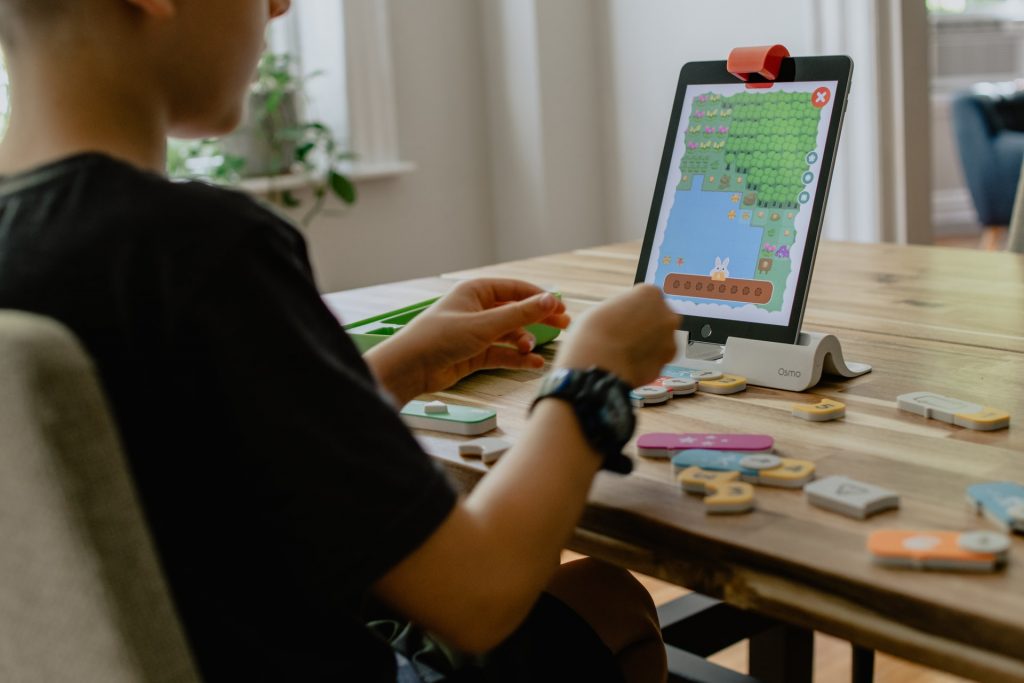Are you looking for hacks to teach students not to interrupt others? If so, keep reading.
1. Be firm, fair, and consistent, expecting the student to behave appropriately. Do not Let the student interrupt one time and expect them not to interrupt the next time.
2. Draft an agreement with the student stipulating what behavior is required (e.g., waiting for a turn to speak, working quietly, etc.) and which reinforcement will be implemented when the agreement has been met.
3. Always treat the student with the utmost respect. Talk objectively at all times.
4. Show the student when they interrupt that you are talking now, and they may talk to you in a few moments.
5. Do not criticize when correcting the student; be honest yet compassionate. Never cause the student to feel negatively about themselves.
6. Provide visibility to and from the student to keep their attention when oral questions/instructions are being delivered. The teacher and the student should be able to see each other at all times. Make eye contact possible at all times.
7. Place the student away from those students they are most likely to bother.
8. Teach the student appropriate ways to express needs to others (e.g., waiting for a turn, raising their hand, etc.).
9. Do not let the student use ADHD as an excuse. Hold the student responsible for their actions. However, understand how to accept the problems ADHD brings into the student’s life while they are learning to make accommodations.
10. Give students frequent chances to interact with one another (e.g., before and after school, between learning activities, etc.).
11. Provide the student with frequent chances to join conversations with others by allowing them time to talk, asking them to repeat an experience, etc.
12. Make sure that the student knows the relationship between unacceptable behavior and the consequences that follow (e.g., others ignoring him/her, hurting others’ feelings, etc.).
13. Show the student an appropriate way to get someone’s attention without interrupting.
14. Do not interrupt the student when they are doing something, talking to someone, etc.
15. Make sure the student knows when it is acceptable to interrupt others (e.g., in an emergency).
16. Place the student near the teacher.
17. Consider using a classroom management app. Click here to view a list of apps that we recommend.
18. Consider using an adaptive behavior management app. Click here to view a list of apps that we recommend.
19. Consider using Alexa to help the student learn to behave appropriately. Click here to read an article that we wrote on the subject.
20. Click here to learn about six bonus strategies for challenging problem behaviors and mastering classroom management.











